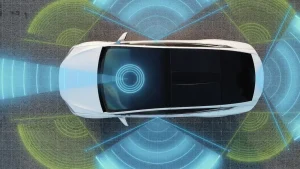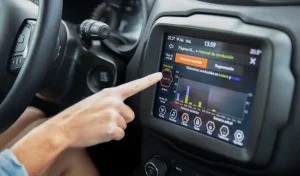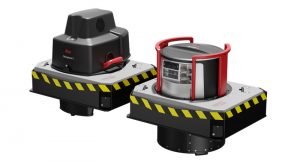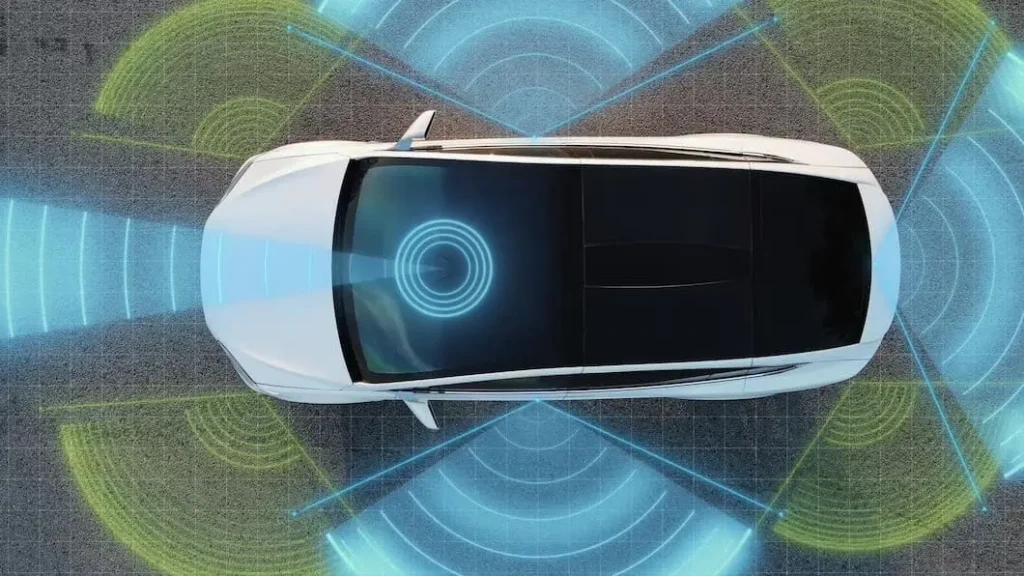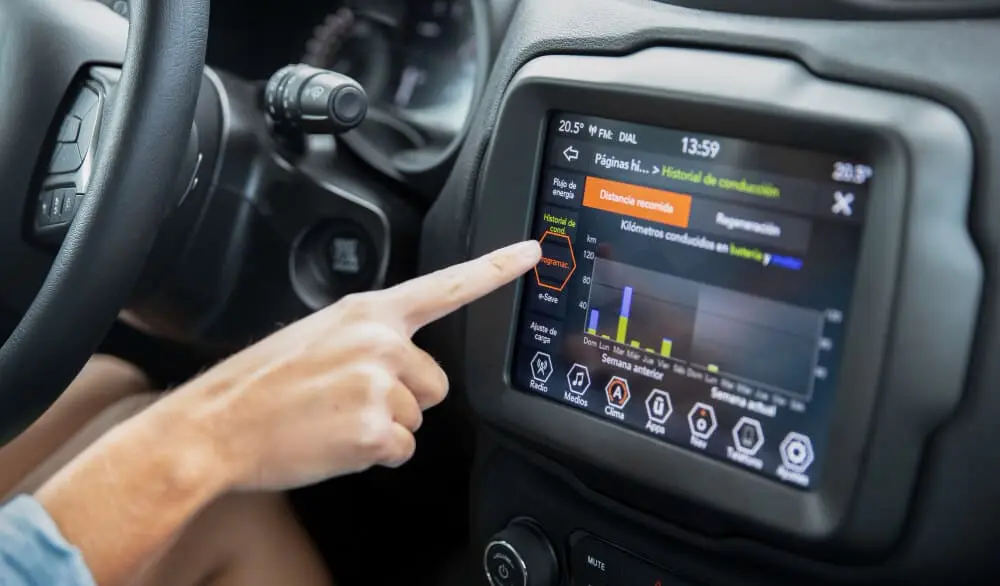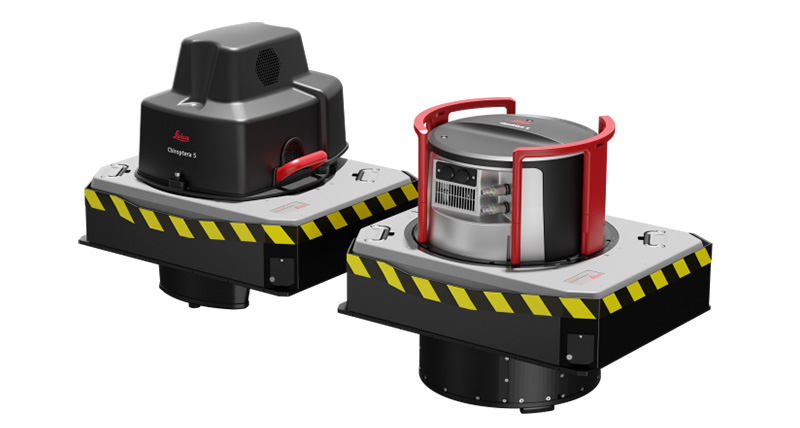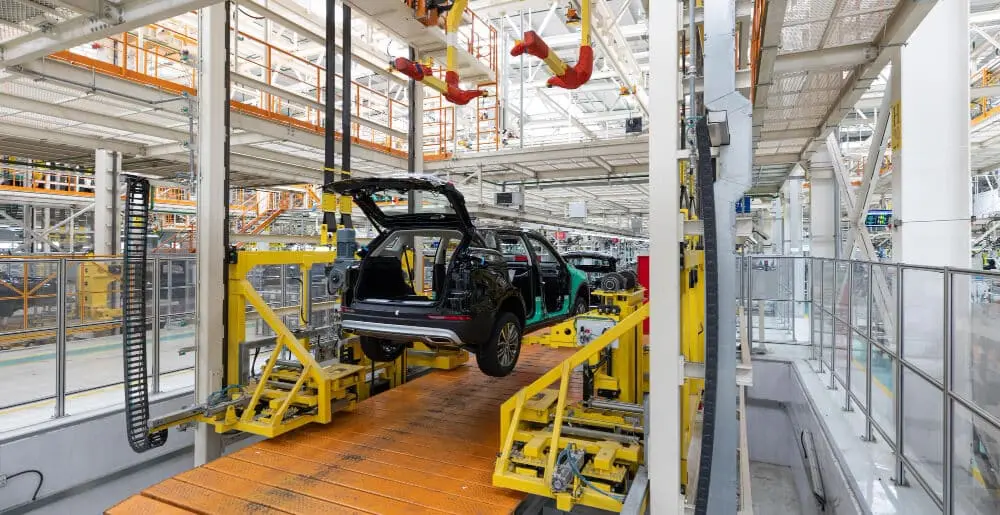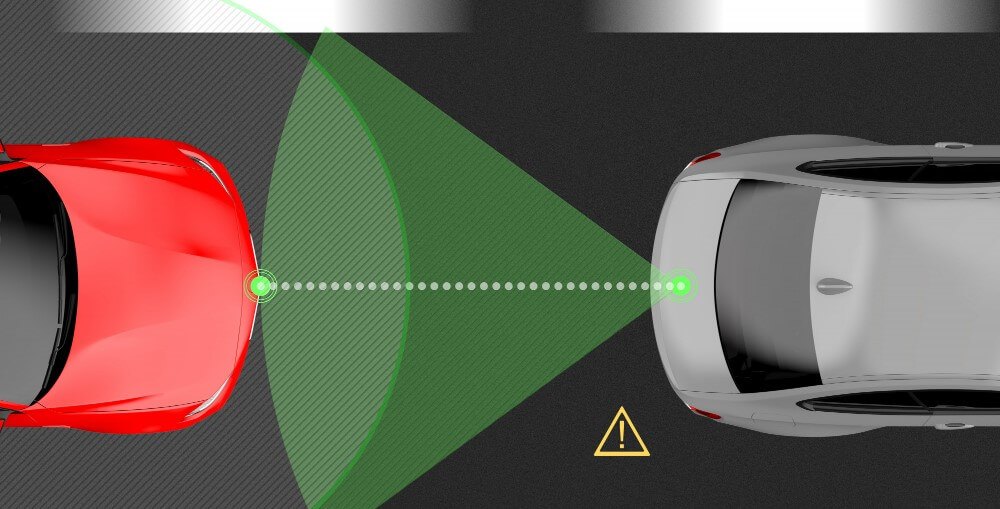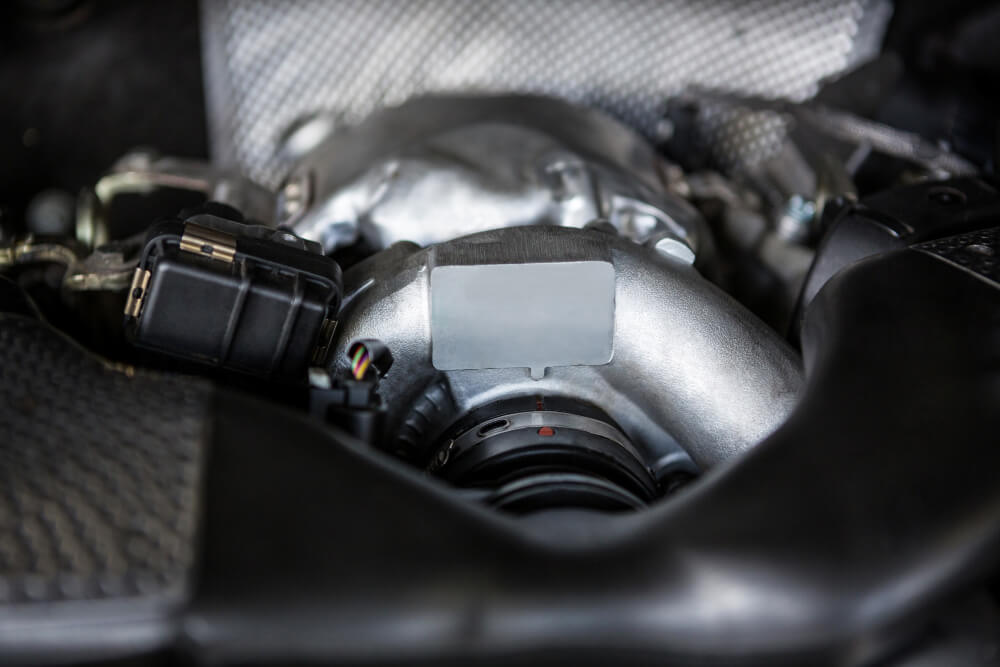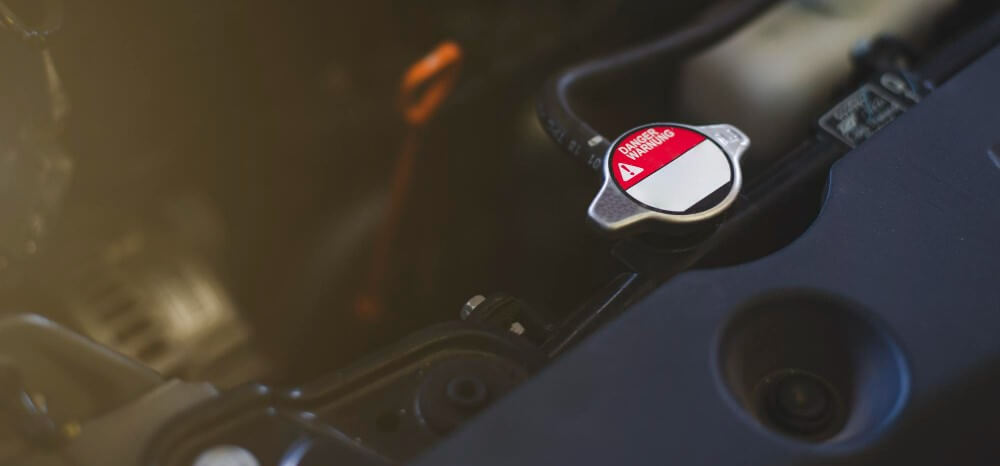
Lidar pipe inspection is essential for ensuring pipeline system safety and reliability. However, traditional inspection methods can be time-consuming and expensive and may not provide accurate data on the pipeline’s condition. That’s where lidar pipe inspection comes in. Lidar, or light detection and ranging, is a remote sensing technology that provides accurate and detailed data on the condition of pipelines without the need for invasive and disruptive methods.
In this article, we will explore the benefits of lidar pipe inspection and how it is revolutionizing the pipeline industry.
What is Lidar pipe inspection?
To make detailed terrain maps, including buildings and other structures. It’s a remote sensing technique that uses light detection and ranging (lidar). Lidar profiling has proven to be an effective tool for pipe inspection because it can accurately detect elevation changes and identify potential issues in the pipeline.
How does Lidar pipe inspection work?
A laser beam is directed toward the pipeline during laser profiling. The laser beam reflects off the pipeline and returns to the lidar sensor. To determine the distance between the sensor and the pipeline, measuring the time required for the laser to return is necessary. Lidar profiling uses this information to create a three-dimensional point cloud of the pipeline’s surface.
The point cloud data is incredibly accurate, providing detailed information on the pipeline’s geometry and condition. This data can be used to identify potential hazards, such as corrosion, cracks, or deformities in the pipeline’s surface. Additionally, Lidar pipe inspection can measure the thickness of the pipeline wall, providing valuable information for lidar integrity management.
One of the significant advantages of Lidar pipe inspection is its non-invasive nature. Unlike traditional inspection methods that may require excavations or physical contact with the pipeline, lidar profiling can be performed remotely, reducing the risk of damage to the pipeline and minimizing disruptions to operations.
Overall, Lidar pipe inspection is a highly effective technology for pipeline inspection, providing accurate data on the condition of pipelines in a non-invasive and efficient manner.
What are the benefits of using lidar pipe inspection?
One primary benefit of Lidar pipe inspection is its accuracy. It can detect elevation changes and identify potential issues in the pipeline that may not be visible to the naked eye. This level of accuracy can help prevent costly repairs and improve the safety and reliability of the pipeline.
Another benefit of lidar profiling is its speed. Traditional methods of pipeline inspection can be time-consuming and labor-intensive. Lidar profiling can provide accurate data in a fraction of the time it would take with traditional methods, reducing downtime and increasing productivity.
Finally, lidar profiling is non-invasive and does not require excavation or other disruptive methods. It can save time and money while reducing the environmental impact of pipeline inspection.
What is the role of lidar pipe inspection?
Laser profiling is used to inspect pipelines. This data can include the location of the pipeline, the condition of the pipeline, and any potential issues that may need to be addressed. This data is then used to make informed decisions about maintenance and repairs.
In addition to collecting data on the pipeline’s condition, lidar profiling can identify potential hazards in the surrounding terrain. These can include areas of unstable ground, potential flood zones, or other hazards that could impact the safety and reliability of the pipeline.
In conclusion, lidar pipe inspection is a game-changer for the pipeline industry. It provides accurate data on the condition of pipelines, identifies potential hazards, and does so in a non-invasive and efficient manner. With the help of lidar technology, pipeline operators can make informed decisions about maintenance and repairs, improving the safety and reliability of their systems.
We are committed to providing our clients with the latest technology, including lidar pipe inspection, to ensure the safety and longevity of their pipelines.

